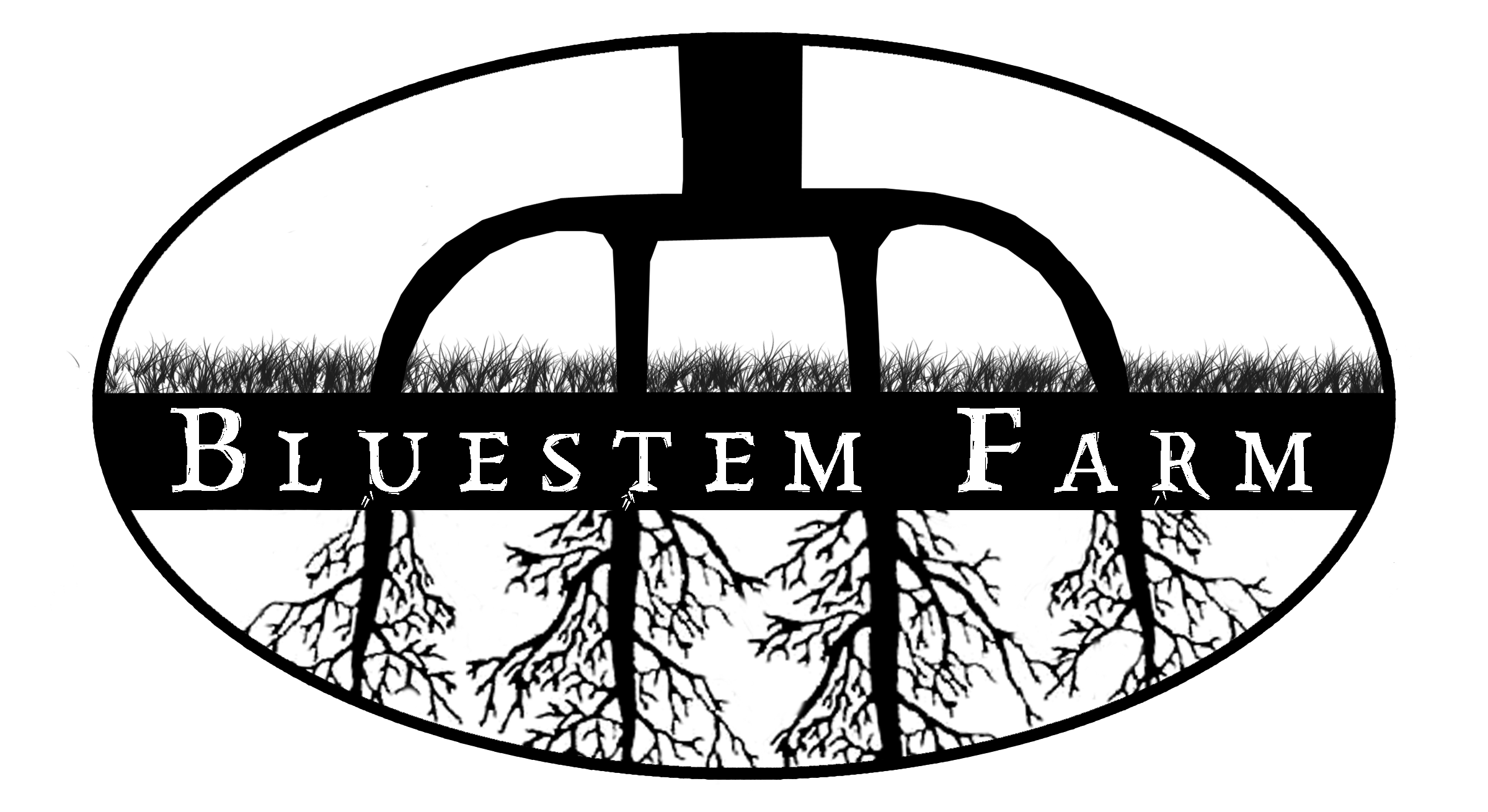Eat Like a Farmer: Roasted Root Vegetables
There’s a kind of brilliant simplicity to winter cooking.
Whatever you choose to do with them, most winter vegetables will just sort of hang together without a lot of forethought. In our farmhouse kitchen, we find we can throw a bunch of winter soup vegetables into a pot without a recipe in sight, and whether it’s carrots and squash or leeks and beets, they tend to harmonize well. Mashed potatoes are nice on their own, or at the last minute you can decide you also want to throw in a little mashed celeriac and parsnips, or just celeriac. So flexible.
Perhaps this is because winter vegetables share certain set of formative experiences. Some crops will turn black and die in the field with just a little suggestion of a frost.
That eliminates many of the plant families that make up a summer garden. But some crops will remain happily in a field and not only survive, but grow ever sweeter and more delicious—a plant kingdom lesson in resilience.
It may be unfashionable these days to say you eat carbohydrates, but winter root vegetables are so much more than empty calories. Just four or five groups of winter vegetables form the mainstay of winter locavore diets, and each one of them is a nutritional powerhouse unto its own.
The goosefoot family, or Chenopodaceae, includes beets and spinach and chard. The leaves of this family are even more nutritious than the roots, which is saying something. Beet roots are high in a phytonutrient called betanin, and the greens from the entire family are high in eye-supporting lutein and zeaxanthin.
Another important group of winter vegetables is the parsley family, Apiaceae. Besides parsley, this family also contains celery and carrots, dill and parsnips. These vegetables are high in carotenoids, which are famously good for your eyes, and flavonoids, which have powerful anti-inflammatory properties.
The lily family, Amaryllidaceae, gives us a group of vegetables none of us could get along without: onions, garlic, leeks, chives and shallots. Onions add so much more than flavor to food. In their own right, they’re high in vitamins A, B6, C and E, along with minerals like sodium, potassium, and iron. They’re also a good source of dietary fiber and folic acid, and help regulate blood sugars.
The mustard family, Brassicaceae, might be my favorite. This class of plants provides us with not just the spice mustard, but a host of important vegetables. From cabbage to collards, broccoli to Brussels sprouts, if it’s a winter vegetable and it’s green, it’s probably a brassica. These vegetables are high in vitamin C and fiber, not to mention an anti-cancer compound called sulforaphane.
We are organic farmers. We love good food. But we are also a busy working family and we often need dinner to be easy. Winter cooking is simple and easy-going, nutritious and substantial. Here’s what we’re doing with our family’s entire vegetable share this week.
Roasted Root Vegetables
4 pounds any root vegetable
3 tablespoons olive oil
1/2 teaspoon salt
If your vegetables came from a farm that doesn’t use chemicals, I give you permission to throw away your vegetable peeler. At our house, we never peel anything. Famously, many nutrients are in or close to the skin of vegetables, but also, who has the time? We just rinse or rub off any dirt we see, then go straight to cubing the vegetables.
Cut a root vegetable into any shape that appeals to you. Cubes are always nice, but so are slices, matchsticks, and fat batons.
For easy clean-up, throw a sheet of parchment paper onto a cookie sheet. Fill it with your chopped vegetables, a deep pour of olive oil, a generous shaking of salt, and into an oven tuned to 425 degrees or so. There’s no need to pre-heat it. Why waste the heat while the oven warms up?
Move the vegetables around on the roasting tray once or twice. You’ll probably need to leave them in the oven for 40 minutes or more, depending on how thickly you cut them. Your vegetables are done when several of them seem quite tender at the point of a knife.
Enjoy with some homemade mayo, next to roasted chicken or pork, a poached egg, or other roasted vegetables.
Along with her family, Mary Brower owns Bluestem Farm, a year-round organic farm in northern Michigan that offers three-season farm memberships called CSA shares. Learn more at www.bluestemfarm.net. This recipe is part of Mary's Eat Like a Farmer recipe column in the Petoskey News-Review.

